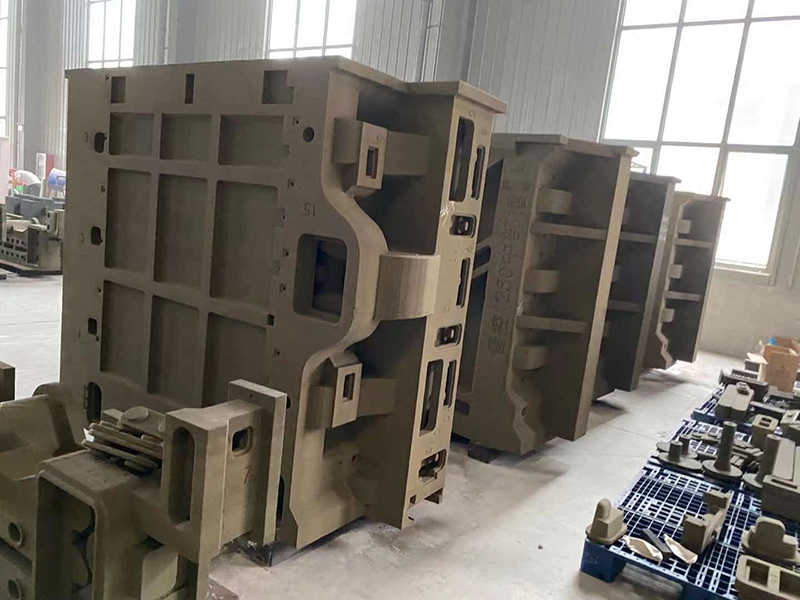Lost Foam Sand Casting A Revolutionary Approach to Metal Casting
Lost foam sand casting is an innovative technique that has gained popularity in the metal casting industry. This method utilizes a foam pattern, typically made of polystyrene, which is coated with a sand mixture and then heated to produce high-quality metal parts. Unlike traditional casting methods, lost foam sand casting offers several advantages, including reduced costs, improved accuracy, and greater design flexibility.
The process begins with creating a foam pattern of the desired part. This pattern is designed with precision and is often produced through methods such as CNC machining or 3D printing. The foam itself is lightweight and can be easily manipulated to create complex shapes that are often challenging to achieve with conventional casting techniques.
Once the foam pattern is ready, it is coated with a fine layer of sand mixed with a binding agent. This mixture is carefully applied to ensure that it adheres to the pattern. The coated foam pattern is then heated in an oven, which causes the foam to evaporate, thus leaving a cavity in the shape of the original pattern. This is where the term lost foam comes from—once the foam is vaporized, it is lost, but its shape remains in the sand.
After the foam is removed, molten metal is poured into the cavity created by the evaporated foam. The sand molds are able to withstand the high temperatures of the molten metal, and the quick transition allows for excellent surface finishes and fine details in the final product. This method also allows for the inclusion of various metal alloys, thereby tailoring the mechanical properties of the final casting to meet specific requirements.
lost foam sand casting

One of the major advantages of lost foam sand casting is its ability to produce highly intricate designs without the need for complex tooling. Traditional casting methods often demand expensive molds that are time-consuming to produce. In contrast, lost foam techniques significantly reduce the time and cost required for developing casting molds, allowing for faster prototypes and more agile manufacturing processes.
Another advantage is reduced waste. In conventional casting, excess metal is often removed after the casting process, leading to scrap material and increased costs. However, with lost foam sand casting, the foam pattern is fully consumed in the process, minimizing extra material and contributing to a more sustainable production method.
Additionally, lost foam casting is highly versatile and can be used in various industries, including automotive, aerospace, and art. It allows manufacturers to create lightweight components that meet the growing demand for fuel-efficient vehicles and high-performance aircraft. Its applications extend to producing artistic sculptures and other decorative items, showcasing the method's flexibility.
In conclusion, lost foam sand casting stands out as a modern solution in the metalworking sector, combining accuracy, cost-effectiveness, and design freedom. As industries continue to seek innovative manufacturing processes, lost foam casting is poised to play a crucial role, driving advancements in engineering and design while meeting evolving market demands. Its ability to produce complex parts efficiently positions it as a valuable method for the future of metal casting.
Post time:វិច្ឆិកា . 24, 2024 12:23
Next:golden sands
